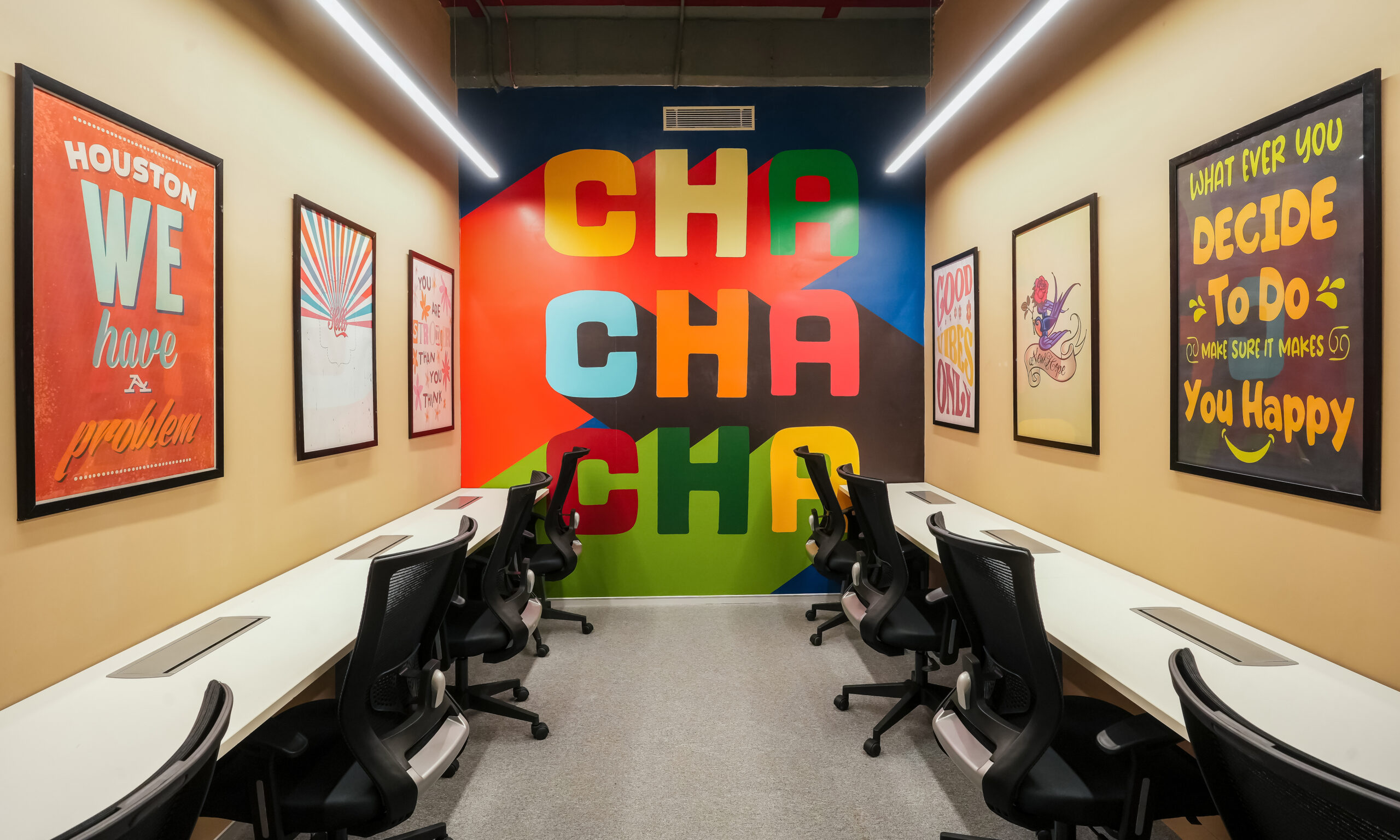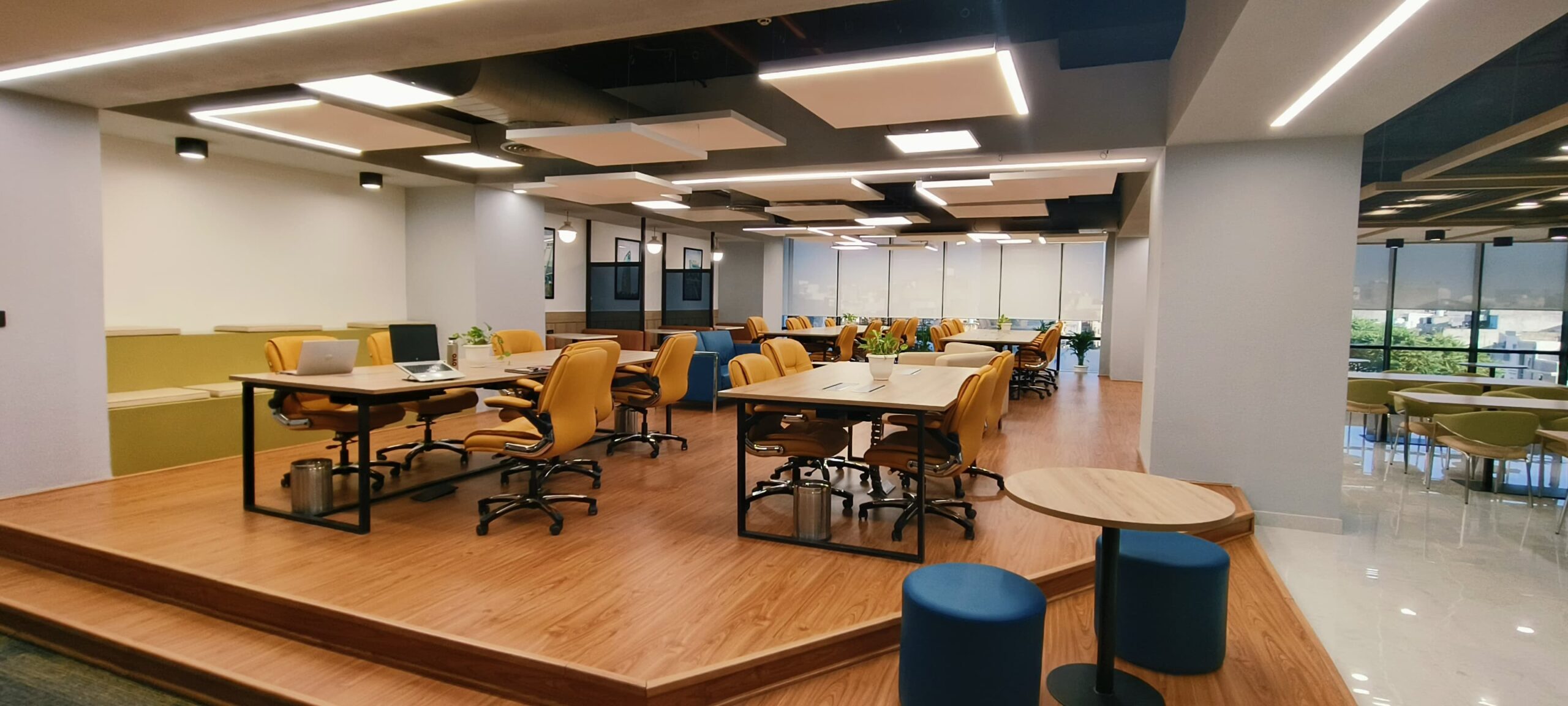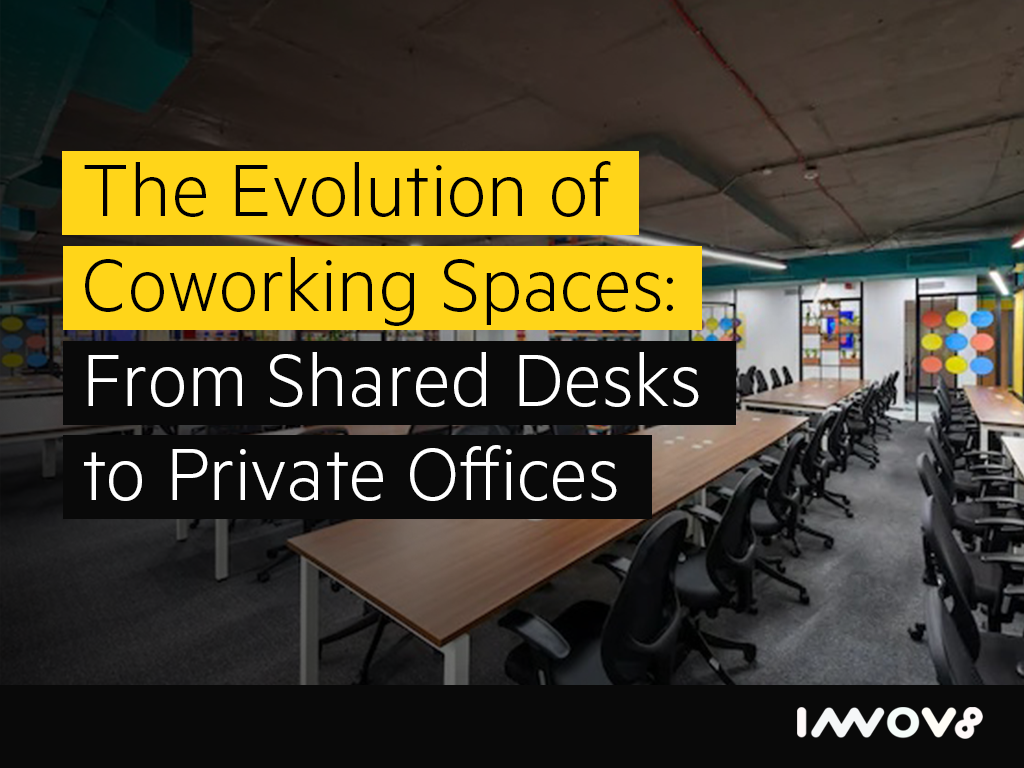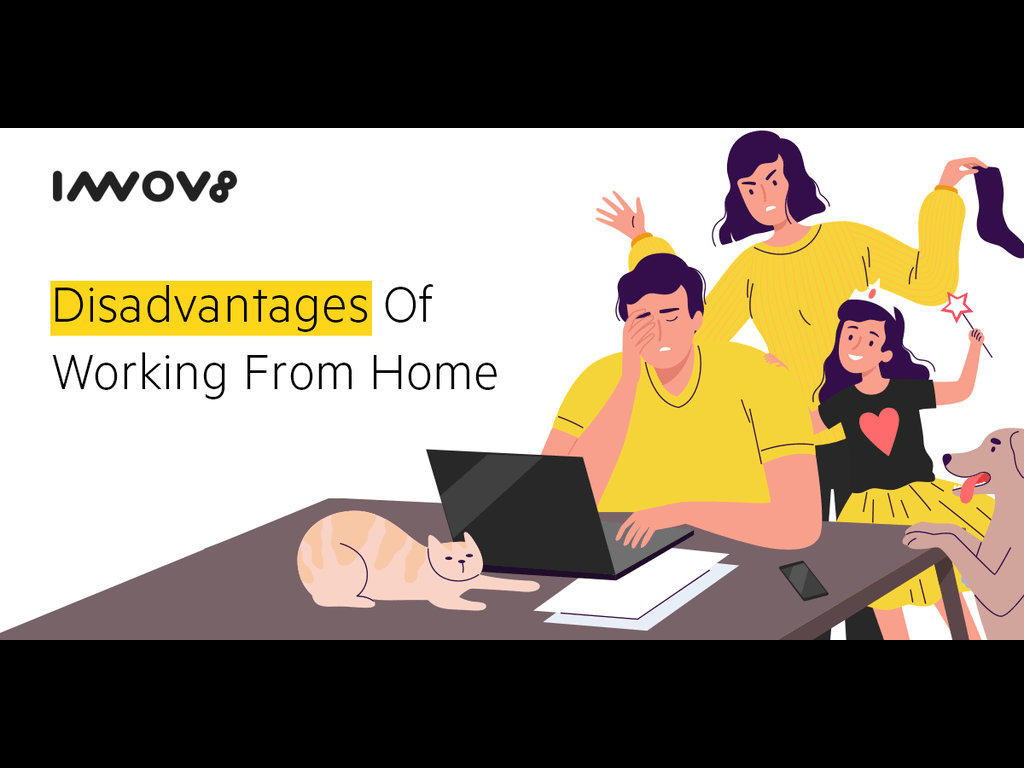Coworking spaces have come a long way since their inception, transforming from simple shared desks to dynamic environments that cater to a wide range of professional needs. This evolution reflects the changing trends in work culture, advancements in technology, and the growing demand for flexibility in work arrangements.
Over the years, coworking spaces have adapted to meet the needs of freelancers, startups, and large corporations alike. Here’s a look at how coworking spaces have evolved, the trends shaping their transformation, and what the future holds for these collaborative workspaces.
The Early Days of Coworking
The concept of coworking spaces started with a focus on community, collaboration, and open work environments. In the early 2000s, as remote work began gaining traction, entrepreneurs and freelancers sought out spaces where they could work alongside others rather than in isolation.
These initial coworking spaces were typically large, open areas filled with shared desks where individuals from different fields could work side-by-side.
- Building Community: In these early spaces, the emphasis was on building a community and fostering connections among members. Many coworking spaces offered workshops, networking events, and social activities to bring members together.
- Low-Cost Alternative: For freelancers and startups, coworking spaces provide an affordable alternative to leasing traditional office space, allowing them to access essential amenities without committing to long-term contracts.

The Rise of Private Offices in Coworking Spaces
As coworking spaces became more popular, the demand for private workspaces within these environments grew. While open desks worked well for some, many professionals and teams began looking for spaces that offered more privacy. To cater to this need, coworking spaces started incorporating private offices alongside their open areas, marking a significant shift in the industry.
- Accommodating Teams and Growing Businesses: The introduction of private offices allowed coworking spaces to attract larger teams and growing businesses. Private offices gave these groups a space to collaborate without distractions while still benefiting from the amenities and community of the coworking space.
- Privacy and Professionalism: For professionals who needed to hold client meetings or work on confidential projects, private offices offered a level of privacy and professionalism not available in open seating arrangements. This shift made coworking spaces a viable option for businesses that previously would have chosen traditional offices.

The Impact of Technology on Coworking Space Design
With the rapid pace of technological advancement, coworking spaces have continued to evolve to meet the demands of the modern workforce. Technology has transformed not only the way people work but also the design and functionality of coworking spaces themselves.
- Smart Office Solutions: Many coworking spaces now feature technology-enabled meeting rooms with video conferencing tools, wireless charging, and smartboards. These tools make it easier for remote teams to collaborate and enhance productivity for on-site members.
- Flexible Access and Digital Security: Advanced access control systems, like keyless entry and biometric scans, are becoming common in coworking spaces, offering members secure 24/7 access. Digital security features like VPNs and secure Wi-Fi ensure a safe work environment for all members.
The Shift Towards Flexible Work Arrangements in Coworking Spaces
The demand for flexible work arrangements has been one of the most significant drivers of change in coworking spaces. As work culture has shifted towards greater flexibility, coworking spaces have responded by offering a range of membership options that cater to various work styles and schedules.
- Part-Time and Hot-Desk Options: For remote workers who don’t need a permanent desk, hot-desking and part-time memberships provide the flexibility to use the space as needed without a long-term commitment. This shift has made coworking spaces more accessible to a wider range of professionals.
- Hybrid Work Models: With many companies now adopting hybrid work models, coworking spaces offer a middle ground between home and office, providing employees with a professional environment when they need it. This flexibility allows businesses to reduce office overhead while still offering employees a place to work outside the home.
- Customizable Spaces: To meet the needs of diverse teams, coworking spaces now offer customizable options, such as dedicated team areas, conference rooms, and even entire floors that can be branded and tailored to a company’s specifications. This flexibility appeals to both small startups and large corporations looking for agile office solutions.
The Growing Popularity of Coworking Spaces Among Large Corporations
Once primarily the domain of freelancers and startups, coworking spaces have seen a surge in popularity among large corporations. These companies recognize the benefits of coworking spaces, such as flexibility, reduced costs, and the ability to scale office space based on need.
- Satellite Offices and Expansion Hubs: For corporations expanding into new markets, coworking spaces provide a cost-effective way to establish a presence without committing to a full office lease. Many large companies now use coworking spaces as satellite offices, allowing them to operate flexibly in different locations.
- Talent Attraction and Retention: With younger generations prioritizing work flexibility and collaborative environments, coworking spaces offer a work atmosphere that appeals to modern employees. Large corporations see coworking spaces as a tool for attracting and retaining talent, as they provide a vibrant, social work environment.
- Innovation and Collaboration: Coworking spaces foster an atmosphere of innovation, as employees work alongside startups, freelancers, and entrepreneurs from diverse industries. This exposure to new ideas and perspectives benefits large corporations looking to stay competitive and innovate.
The Future of Coworking Spaces in the Post-Pandemic World
The COVID-19 pandemic accelerated the adoption of remote and hybrid work models, leading to a renewed focus on the future of coworking spaces. As companies continue to embrace flexible work arrangements, coworking spaces are expected to play a crucial role in the post-pandemic work landscape.
- Hybrid Work Hubs: As companies adopt hybrid models, coworking spaces may serve as “third places” that provide a balance between home and office. For companies looking to downsize their real estate footprint, coworking spaces offer a flexible alternative that allows employees to work from a professional setting when needed.
- Sustainable Design and Eco-Friendly Practices: The demand for sustainability is pushing coworking spaces to incorporate eco-friendly materials, energy-efficient lighting, and waste reduction initiatives. The future of coworking spaces will likely see a greater emphasis on green practices as companies and employees seek environmentally responsible workplaces.
Conclusion
The evolution of coworking spaces from shared desks to fully customizable work environments reflects the changing demands of the modern workforce. What began as a simple concept aimed at building community among freelancers has grown into a multifaceted industry that caters to a wide range of professionals, from solo entrepreneurs to large corporations.
As we move into a post-pandemic world, coworking spaces are set to play an even more vital role, offering hybrid work solutions, sustainable designs, and health-focused environments. The future of coworking spaces looks promising, with continued trends toward flexibility, innovation, and community, making them a preferred choice for individuals and companies alike.


